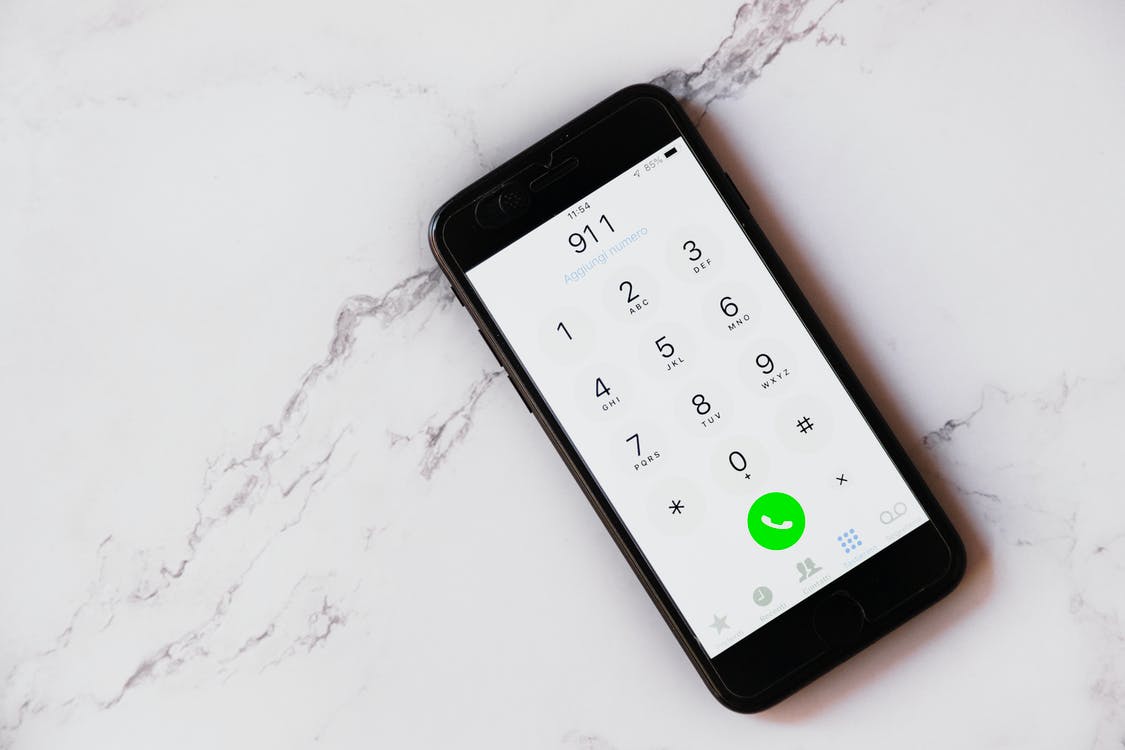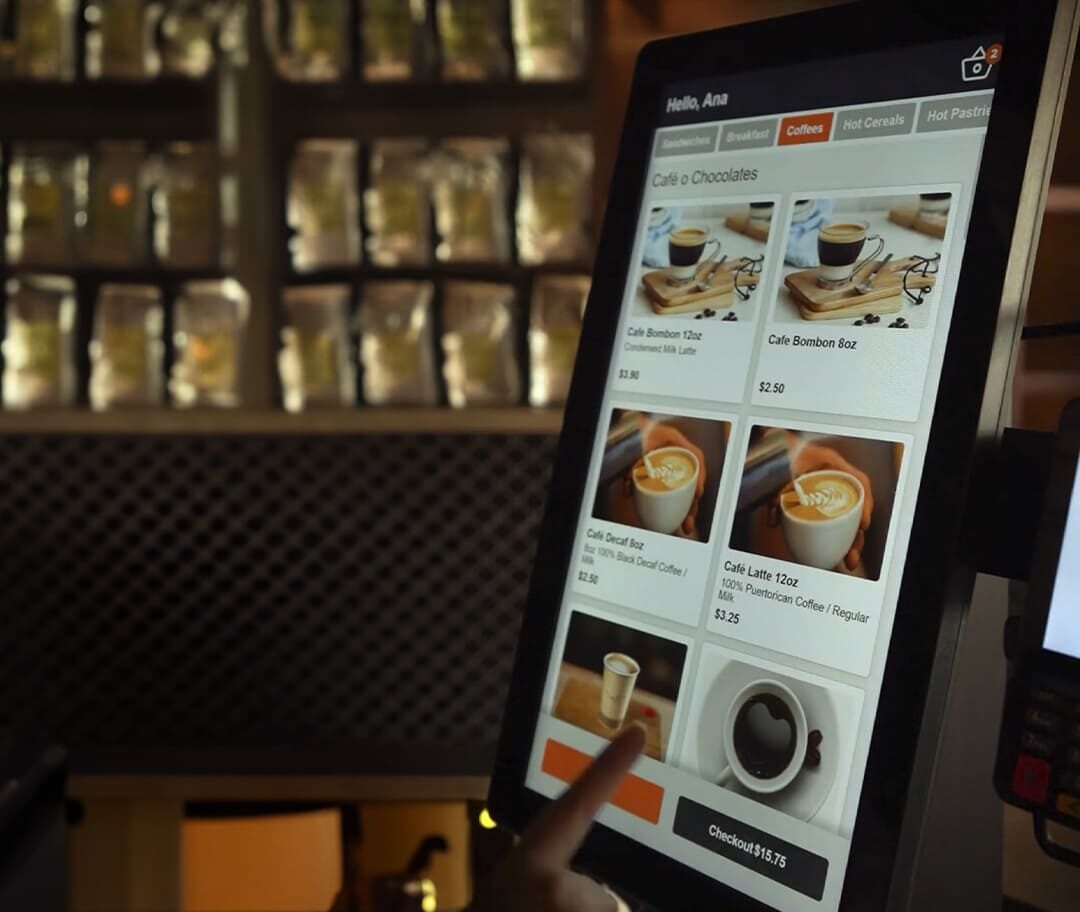In 2014, telecommunications companies in Australia lobbied for the modernisation of the national 000 emergency service network saying that mobile applications, SMS, and VOIP unified communications systems, and other forms of electronic communications should be supported. Malcolm Turnbull, who was communications minister at the time, facilitated the development of the 000 emergency smartphone app which displayed the mobile phone’s GPS coordinates of the party seeking for assistance so it would be easier to find and help the person in need. Back in the day, emergency calls were mostly made from landline phones but recent statistics reflect that two thirds of emergency calls are now made from mobiles.

The AMTA and the Communications Alliance pointed out the limitations of a landline voice only platform in today’s modern digital age where other devices can be used to supply important information about the caller in need of assistance to the emergency operators. Incident videos, GPS coordinates, and photos can provide very valuable information. They however warned that the use of the emergency number may not be completely free to all users. If the call is done via a VOIP unified communications platform that has a data cap and the caller’s data allowance has already been consumed. Callers who have unlimited VOIP unified communications coverage need not worry about these additional data charges.
Today, making calls to the emergency network via VOIP unified communications platform can be done but there are many technological issues that need to be addressed to comply with emergency call regulations. There is a huge population of enterprises that make use of VOIP unified communications systems using Wi-Fi endpoints with smartphone applications or Wi-Fi dedicated phones. We should expect emergency calls made from these platforms to work as well as calls from cell phones, PBX extensions, and landlines.
One of the primary emergency call purposes is to locate the caller. There are current problems in making emergency call location work on emergency calls via VOIP unified communications platforms. As of yet, there is no universally available technology for wireless location that works indoors that works like GPS for locating somebody who is outdoors. Even GPS gets turned off most of the time to save on mobiles to extend battery life.
The best option to ascertain the whereabouts of callers using a VOIP unified communications platform is to use a location method by finding out the access point associated with the emergency call only as a best estimate of the caller’s location. This would require constructing a list of access points and the corresponding locations and pinpointing the exact access point used for the emergency call. Another approach based on determining IP addresses would require unnatural subnet configuration. It could also be possible to pinpoint a more accurate location with the use of multi-access point triangulation but the mechanism is currently not being widely used because the information cannot be passed onto the emergency operator. The data format also presents a problem since longitude and latitude information is easier to get but emergency services would prefer to get address information because that would help them identify the correct entry point of the building where the person in need of emergency services is located. They would also need to identify which floor the caller is at if it is a multi-storey building and it is hard to identify this information using GPS coordinates with latitude, longitude, and altitude data. A good deal of manual configuration needs to be done to make way for identification of street address and floor number when it comes to emergency calls done via VOIP unified communications platform.
Once the person in need of assistance is located, the call and the corresponding information regarding the caller’s location is routed to the closest emergency call answering center or PSAP (public safety answering point). Nearly all enterprise VOIP unified communications systems are set up to analyse an emergency call and to pinpoint the caller’s location in real time, using the methods that were mentioned above. The address information will then be used to determine the right PSAP which the call should be routed to (critical with geographically distributed VOIP unified communication systems). The data must be encoded and sent through the network along with the call so that the emergency operator can dispatch the right response team while engaging or speaking with the caller.











